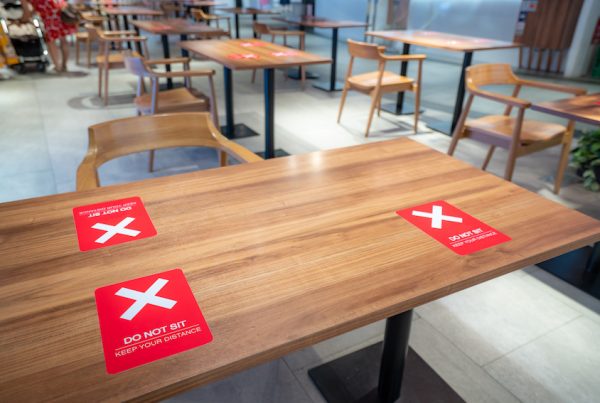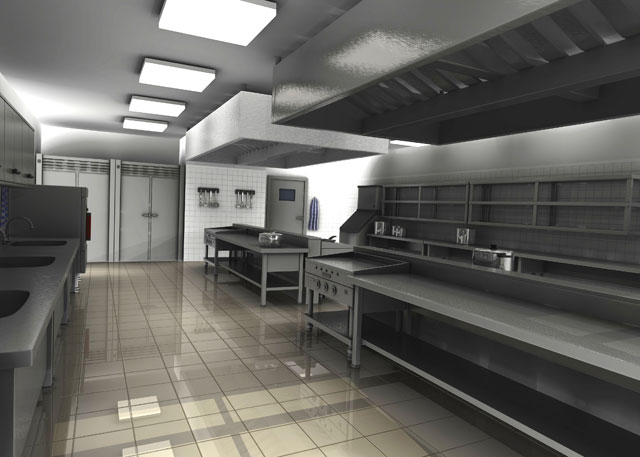 The layout and design of your commercial kitchen is just as important as the equipment you use but because it is a decision made right at the very beginning, it is crucial that it starts right. New players entering the food service sector should understand that your commercial kitchen setup can affect the overall performance of your kitchen – from investments made into equipment, renovations of the premises layout and utility connections to having a smooth operating work flow for your staff – it is something that should be done with experience and the right knowledge on the workings and demands of a commercial kitchen.
The layout and design of your commercial kitchen is just as important as the equipment you use but because it is a decision made right at the very beginning, it is crucial that it starts right. New players entering the food service sector should understand that your commercial kitchen setup can affect the overall performance of your kitchen – from investments made into equipment, renovations of the premises layout and utility connections to having a smooth operating work flow for your staff – it is something that should be done with experience and the right knowledge on the workings and demands of a commercial kitchen.
 so, what are some KEY POINTS that we need to consider?
so, what are some KEY POINTS that we need to consider?
BUDGET AGAINST YOUR MENU AND YOUR KITCHEN
• A point that needs to be highlighted at the beginning. Many a times, enthusiasm overflows and when you finally worked out your layout – you might discover that you have more than what you need or that you might have a case of under utilization or space defined in your floor plan that might not be necessary or practical to have at this point in time.
SPACE
• With space getting more expensive and with most operators opting for bigger dining areas than kitchen space, kitchens are now smaller than before. Moreover manufacturers are making this possible with equipment that can multitask – for eg: Combi ovens performing more than one cooking style or burners that can be fitted with a hot plate as and when you need them. Though these equipment take up less footprint, you need to note that equipment that multitasks will require you to plan your daily production smartly or differently to match the equipment available while maintaining freshness and quality.
• Some have even resorted to having central kitchens or off site kitchens. However, you do need to define how much cooking is to be done on site and with the number of staff and equipment that is necessary before committing to a location or defining your space. There was a tip that we have heard before -“ five square feet of kitchen space for every seat in your restaurant”. Well, would that theory work for you? An appointed consultant would be able to work that with you and offer you a better explanation.
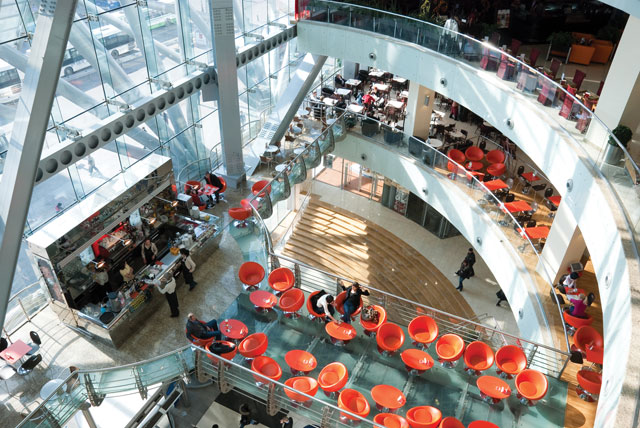 ENVIRONMENT
ENVIRONMENT
• In a mall, open space or your own building? Know the necessary ventilation requirement against the number of equipment operating. Kitchens sometimes get too hot or uncomfortable for your staff to work properly. It is unhealthy not only for your staff but for your equipment as well. Kitchens that do not ventilate well will leave residue of oil and grease in the air that might clog up the necessary ventilation required by your equipment. Overheating and malfunctioning can only bring more headaches to a busy kitchen.
• Also look into drain age and waste flow. It should be designed to compliment the kitchen flow while complying with local regulations.
WORK FLOW
• Your staff should have sufficient space to maneuver around in order to operate productively. The right stations should be placed at the right point. Walkways and areas with opening cupboard or fridge doors should have ample space to help during storage.
• Also, in a cramp kitchen, you increase the danger of your staff with hot servings and sharp knives bumping into each other due to insufficient space. Cross traffic should be avoided at all times.
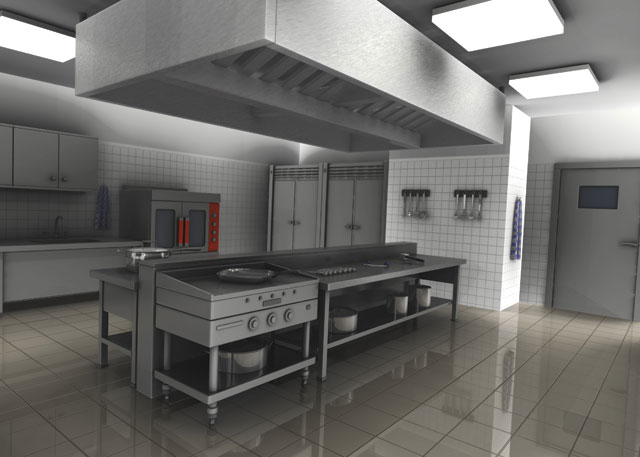 FLEXIBILITY
FLEXIBILITY
• Your menu changes and so would the equipment that is used in the kitchen. Your layout should still allow you space to make changes – be it immediately after installation or as and when you change your menu. And these changes and add-ons should still create a good workflow for your team.
• The other reason to have enough flexibility is to enable thorough cleaning. An important point to your customers and should always be practiced.
• All equipment after a period of time would require that you do maintenance. Being able to move the out of its location would also serve that point as some would have the access for servicing at the back or at the bottom.
ERGONOMICS
• No stretching, frequent bending or even stepping too many steps away from the station. Everything should be designed to move in a flow yet minimizing the need to have staff move from one end of the kitchen to another. Your layout should promote an ergonomic layout where everything you need is within reach without any heavy movement.
ENERGY SAVING
• Who is not going green today? Everyone is. And so are eateries. And it makes good business sense to look into energy saving equipment and design – such as saving on excessive ventilation or exhausts and lightings. Placing them in the right place enables you to utilize your investments into other areas.
FAÇADE
• This point depends on the kitchen concept that you would be implementing. Are you allowing customers to visibly see the food preparation or will you hide your kitchen from your customers? Big exhibition kitchens require a more sexy and attractive design while ensuring that it does not disrupt the overall dining experience for your customers.
• Open kitchens would then need to focus on cleanliness and ergonomics so that it portrays a level of competency and professionalism to your customers of your kitchen ethics.
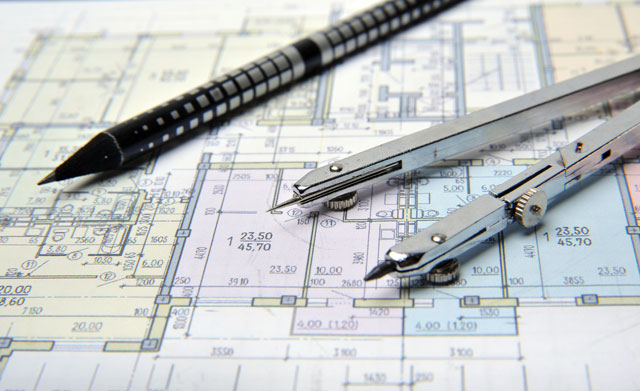 These are some of the common approaches that consultants look at. But there are other aspects that should be considered as well and this can only really be determined once you have determined how much work is being done in your kitchen. No 2 kitchens are the same. And with Asia being such a gastronomic heaven, it is truly a test to design a layout that will accommodate the many different foods that we serve.
These are some of the common approaches that consultants look at. But there are other aspects that should be considered as well and this can only really be determined once you have determined how much work is being done in your kitchen. No 2 kitchens are the same. And with Asia being such a gastronomic heaven, it is truly a test to design a layout that will accommodate the many different foods that we serve.
It would be good to speak to relevant parties or speak to a consultant or solution provider who might be able to offer you good tips when it comes to what works best for you.
*See our article – How safe is your kitchen in Solution Providers for some tips…








